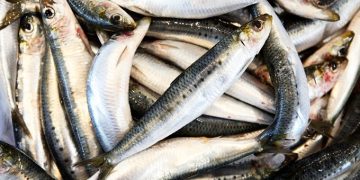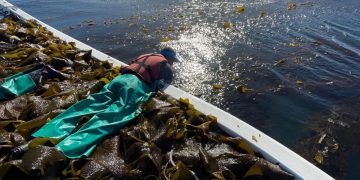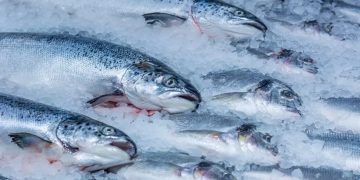
The Namibian Ports Authority (Namport) has announced the completion of a major upgrade at the Port of Walvis Bay, including the deepening of the entrance channel from 14 to 16.5 metres , a move expected to significantly increase its capacity to accommodate some of the world’s largest vessels.
Namport has also invested in upgraded port equipment and systems at both Walvis Bay and Lüderitz, including an expanded fleet of tugboats and modernised cargo-handling machinery.
The improvements, according to the ports operator, are part of broader efforts to enhance efficiency and improve the competitiveness of Namibia’s ports.
“These strategic upgrades at Walvis Bay and Lüderitz align with Namibia’s goals to facilitate seamless trade, boost industrialisation, and drive economic development across the region,” Namport CEO Andrew Kanime told delegates at the AfCFTA shipment event in Walvis Bay.
“By enhancing port infrastructure and services, Namport is helping to unlock the full potential of the AfCFTA Agreement and strengthen Namibia’s role as a regional logistics hub.”
Kanime said the designation of the Port of Walvis Bay as a transshipment hub for the Western Africa region by the Mediterranean Shipping Company (MSC), the world’s largest shipping line, is expected to improve Namibia’s connectivity with key African trade centres and further integrate the country into the continent’s growing trade network.
“Ladies and gentlemen, we are pleased to report that, as Namport, we have made great strides in positioning our ports at both Walvis Bay and Lüderitz towards being able to provide full support to Africa’s intra-continental trade,” Kanime said.
Looking ahead, Namport has allocated land at the North Port of Walvis Bay for the development of energy and industrial clusters in collaboration with the private sector.
These zones, the Namport CEO said, are intended to encourage local processing of minerals such as copper, manganese and salt, which are currently exported in raw form.
“In fact, to support Namibia’s goals of becoming an industrialised nation as well as a regional logistics hub, Namport has set aside a significant portion of land at the Port of Walvis Bay’s North Port for the creation and development of energy and industrial clusters in partnership with the private sector,” he said.
Kanime also called for greater regulatory coordination across African borders, warning that fragmented trade regulations continue to pose obstacles to regional integration. He urged Namibia to lead efforts in harmonising policies to remove non-tariff barriers and ease the movement of goods, services and people.
“It is therefore crucial that any new trade regulatory interventions should be sufficiently and broadly consultative and, to the extent possible, structured to attain a balance between risk mitigation and the bigger picture of business continuity and sustainability as well as regional economic integration,” he said.













